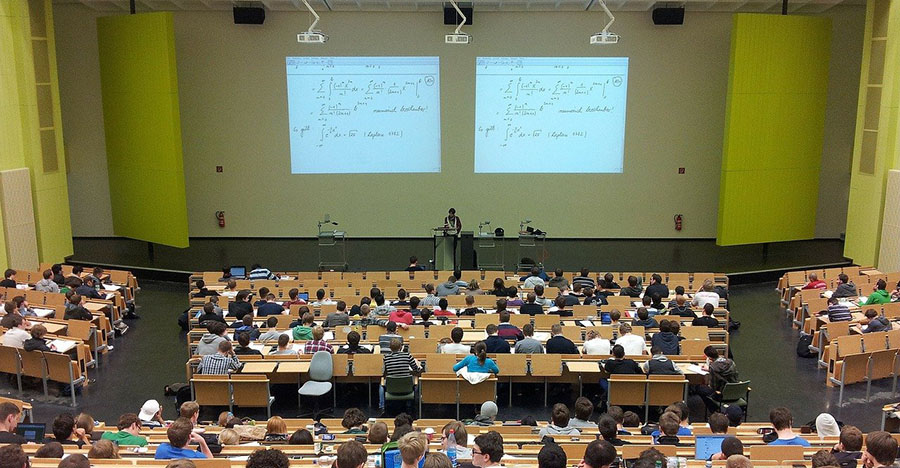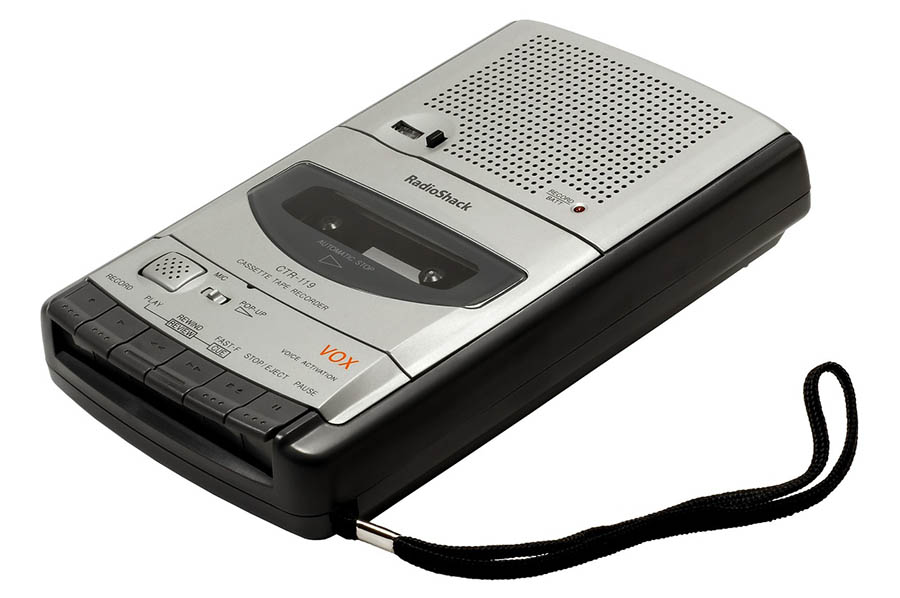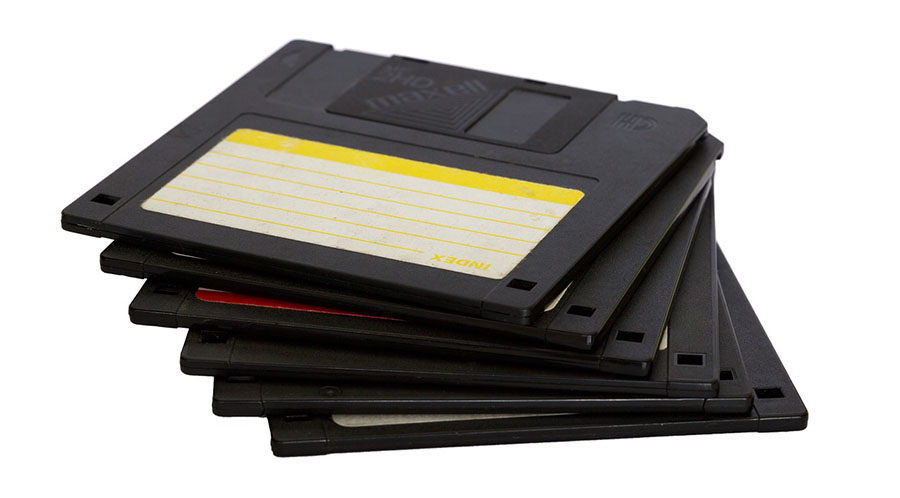Have you ever wondered about the technological tools that students used back in the 90s to learn effectively and get good grades? If yes, then today’s the day for you.
Thanks to rapid technological advancement, today’s students have access to 3D printing, educational apps, robots, AI and advanced computers. Back in the day, there were no online tutors. You had to physically attend all classes where the professor would lecture and write everything on the board with colored chalk. To celebrate the classic technologies used, we have decided to compile a list of the education technologies that students and teachers used in the past before the internet existed. Let’s get started!
1. Overhead projectors
When tutors used to roll out the overhead projectors, it was almost similar to watching a movie in class. The majority of college students were happy when the lights went down because something cool was about to happen: the tutor or professor would write on transparent sheets of acetate with marker pen and then wipe them off. This is before the days of PowerPoint of course, and invariably the teacher would have put the acetate sheet on upside down or back to front, or both! Nevertheless it was the first sign of interactive graphical notes in classes.

2. Dry-erase boards
Back then, a lot of tutors and students had chalk allergies. Chalk allergies were similar to gluten or peanut allergies in many ways, and chalk boards also made an almighty mess. Dry-erase boards were everywhere in the 90s. Some old school tutors who were used to using chalk didn’t love dry-erase boards but they realized that the days of chalk were coming to an end. Class clowns would often switch dry erase markers with permanent markers, something that’s not possible today with PowerPoint.
3. Cassette recorders for writing personal statements
Today, we have Writix and other free apps that can be downloaded and used by anyone. These apps can record anything and improve writing skills. In addition to that, most smartphones automatically come with a voice recorder that can be used to record simple dictation. Back in the 90s, when learners had an oral exam or needed to prove their competency when it came to speaking a foreign language, cassette recorders were the ideal tools. Keep in mind that if you mess up your tape, you can always use your pencil or pen to roll the film back as you study.

4. Lemonade Stand
Why are your math grades declining even though you added extra lemonade signs in the previous week or month? How do you multiply 65 by 20 cents? Lemonade Stand was one of the best educational math games created for students in elementary school. Nowadays, it can be difficult for some people to walk by a lemonade stand without trying to figure out how price points and the weather will affect people’s daily profits. Is that normal behaviour?!
5. Floppy disks
Thanks to technological advancement, every student probably has a USB in their pocket, or on their keychain, often storing up to 1TB. Back then, essay students used to have 3.5” floppy disks that could only store 1.44MB. One other thing about these disks that was cool was the metal shield that covers the disk when not in use. This shutter could be slid sideways and then released and sprung back into place, making a cool sound that no doubt annoyed lecturers everywhere. The first fidget device perhaps?

Bonus tools:
6. Graphic calculator
To be honest, graphic calculators haven’t changed much since the 90s. But while today they are a quick, easy addition to a student’s range of accessories, back in the 90s these things were cutting edge and only the richest of students got to wow their friends with their graphing ability.

7. Reader Rabbit
Today, students can learn how to spell using their smartphones and computers. Back in the 90s most students used to take part in spelling races against an invincible turtle.
Conclusion
Perhaps this list brought back memories of your own education in the 90s. While amusing to look back on, these were the tools that gave us our education, and without them we might not have most of the things that modern learners use today. If you are a student of today and perhaps surprised by the range of tools on offer back then, why not ask your folks about them. Who knows, you might even learn something.

